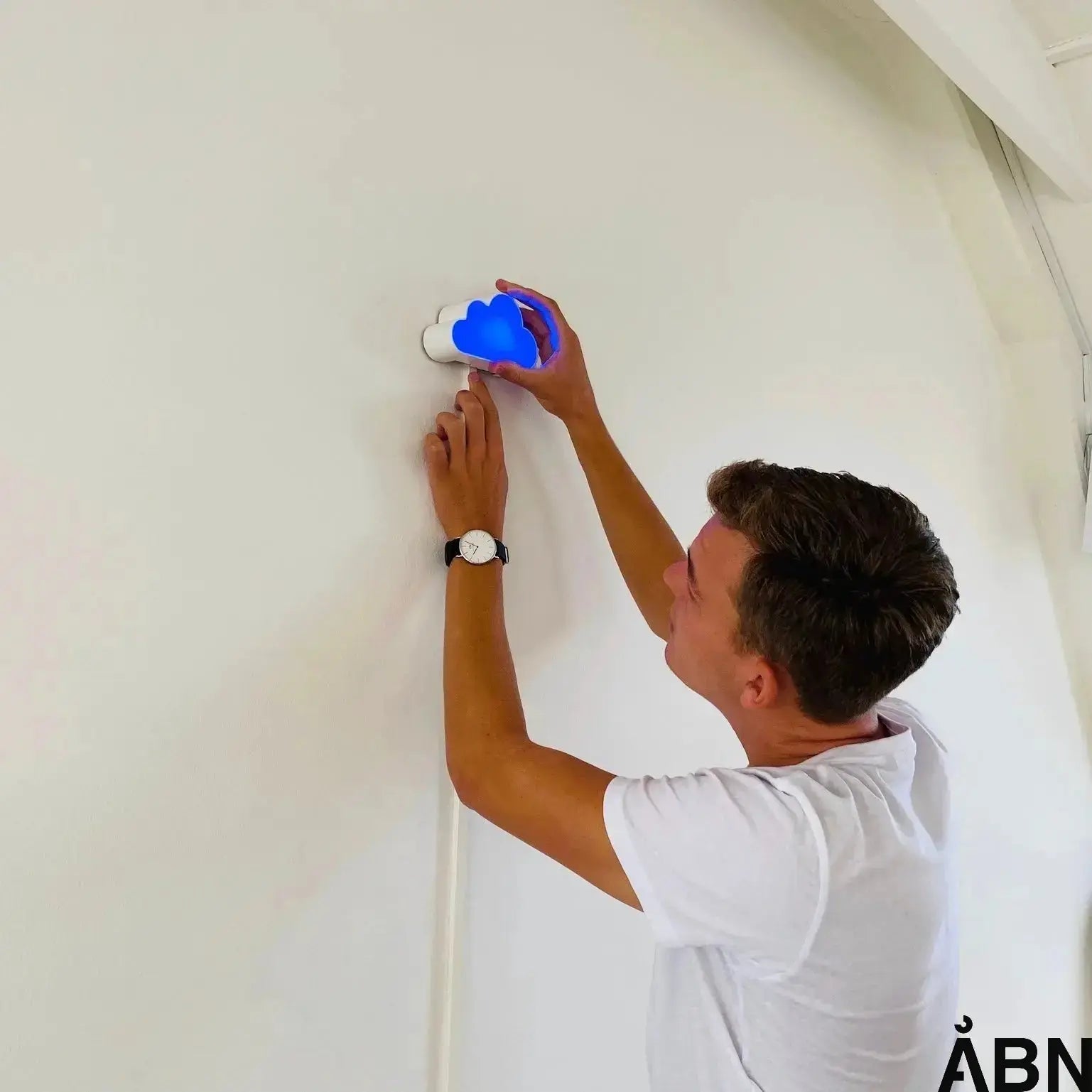Indoor climate problems in production environments are often hidden – and that is precisely why they are overlooked. But even small fluctuations in air quality, temperature, humidity or noise can have a major impact on both employee well-being and production stability.
As a technical coordinator, you are on the front line when it comes to keeping operations running – but do you also keep an eye on the invisible factors that affect everyday life?
In this post, we guide you on how to identify, document and solve indoor climate problems – and how simple, data-driven solutions like SKYEN can give you overview and power to act.
What are indoor climate problems – and why do they occur?
Indoor climate covers several physical conditions: air quality (CO2, TVOC), temperature, relative humidity, noise, light level and draught. When one or more of these parameters fall outside the optimal range, we speak of indoor climate problems.
In production environments, they typically arise from:
-
Heavy machinery that emits heat
-
Lack of or outdated ventilation
-
Large temperature fluctuations between seasons
-
Shielded rooms without natural ventilation
-
Combination of office and production in the same building
These problems often develop over time and are not necessarily noticed immediately – but the consequences can be significant.
Signs that the indoor climate is affecting your production:
-
Fatigue and headaches among employees – especially at the end of the day
-
More errors and lower productivity
-
Condensation, moisture damage or bad odors
-
More frequent sick leave
-
Temperature complaints or disagreements about ventilation
If any of these symptoms sound familiar to you, it's time to get the facts straight.
That's why indoor climate problems are hard to spot.
Unlike a faulty machine, indoor climate problems rarely raise an alarm. They come insidiously and can seem subjective: one person is freezing, another is sweating – who is right? This is where technical documentation becomes crucial. By measuring and visualizing the indoor climate, you can eliminate discussion and create consensus.
Measurement is the first step – but it must be useful
There is no point in having advanced data loggers if no one uses the data. A good solution should:
-
Be easy to install and require minimal maintenance
-
Display data visually and intuitively – not just rows of numbers
-
Provide overview and the opportunity to act quickly
THE CLOUD: A plug-and-play solution for complex environments
SKYEN is a Danish-developed sensor solution that measures CO₂, temperature, humidity, noise, TVOC and light – and shows status with a color code (blue = good, red = bad). It requires no wifi or batteries and is ready to use right away.
In production environments, the SKY acts as a kind of "neutral referee". When the lamp changes color, there is no longer any doubt: now it is time to air out. This creates peace in daily life - and documentation for management.
SKYEN is particularly effective in areas where comfort and production collide: offices in the middle of production halls, meeting rooms with many people or departments without mechanical ventilation.
Case: MUNCHOLM A/S
At Muncholm – a private company with an open office landscape – they experienced challenges with noise and air quality when the windows were opened to a nearby highway. After installing SKYEN, decisions about ventilation became easier because everyone could see when it was necessary. This removed doubts and created greater security in the working environment. Read the full case here.
From measurement to action – this is how you achieve success with indoor climate efforts
-
Start with measurement – Get an overview of CO2 levels and other parameters
-
Share insights with employees – Use visualization to create shared responsibility
-
Set up alarms and reports – So you can act proactively when fluctuations occur
-
Document improvements – Use data in APV, work environment meetings and in connection with energy renovations
When data becomes a permanent part of your operations, indoor climate becomes a task to be worked on – rather than a perpetual topic of discussion.
Bonus: Good indoor climate not only improves the working environment
A healthy indoor climate is not just a matter of well-being – it can also be a competitive parameter. Companies with a good indoor climate experience:
-
Fewer errors and increased productivity
-
Lower sick leave
-
Greater employee satisfaction and retention
-
Better CSR and ESG documentation
At the same time, with SKYEN you can easily document that you comply with the Danish Working Environment Authority's recommendations - without investing in expensive systems.
Ready for the next step?
If you are curious about how indoor climate data can be integrated into your everyday life – without large investments or complex systems – SKYEN is a good place to start.
Would you like some inspiration on how other production companies have approached this? Then take a look at our cases – or contact us for a no-obligation chat.









